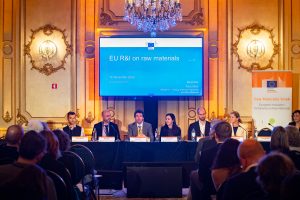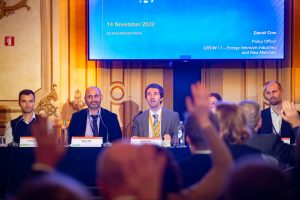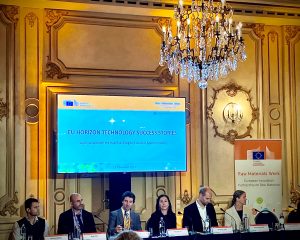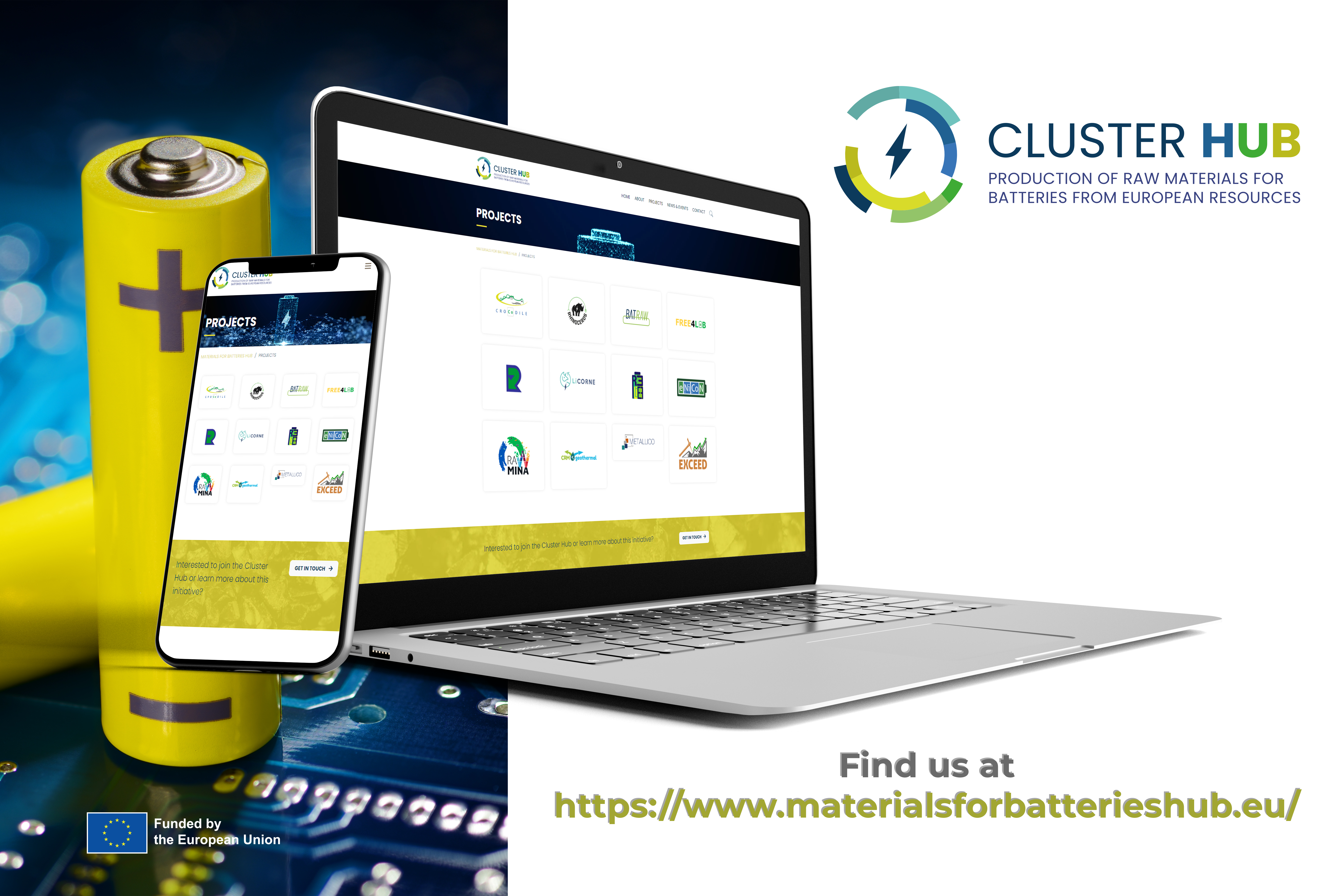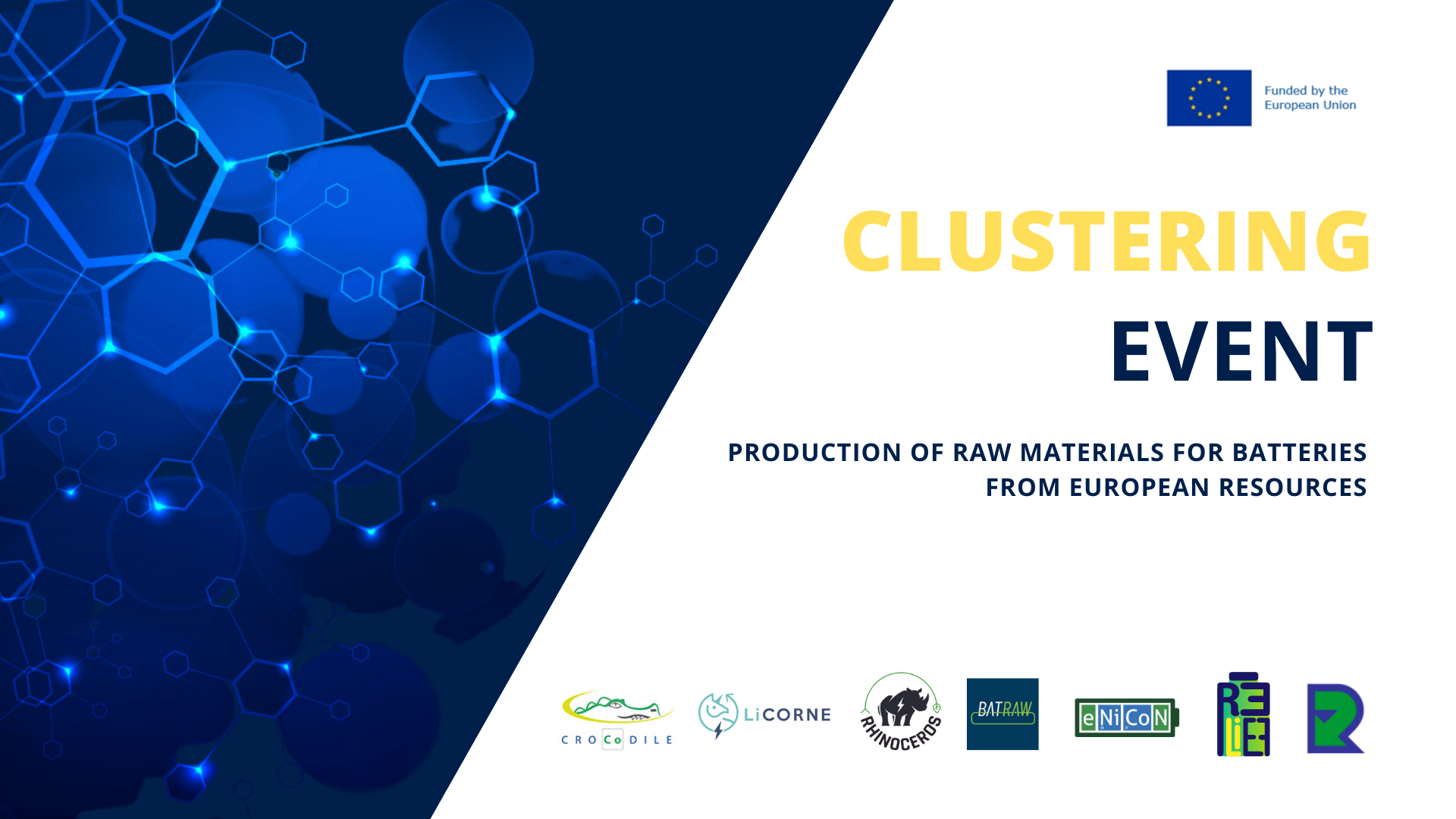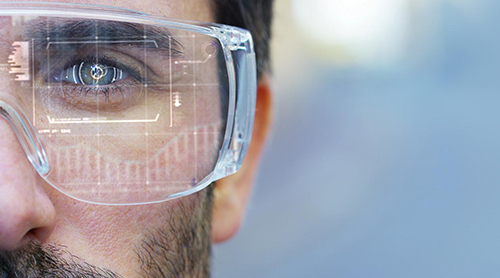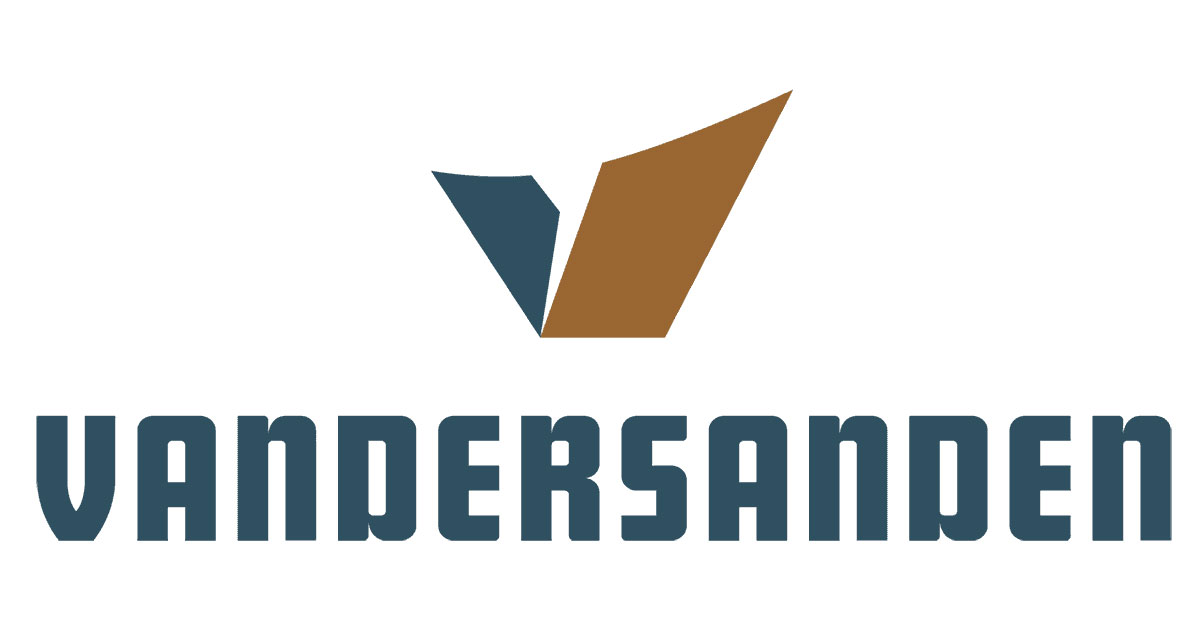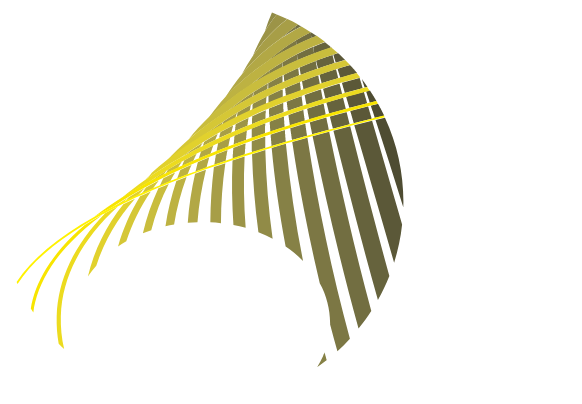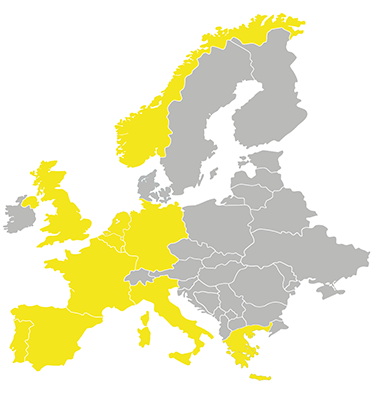3 key points to follow for a successful project
Invited to the panel discussion “From innovation to deployment – which is the role of EU funding?” hosted within the first day of the Raw Materials Week, Nader Akil (PNO Innovation Belgium) identified the main criteria that can turn a project proposal into a success story. From his position as Senior Innovation Consultant and Operations Manager within the company, Nader can rely on his extensive experience in building strategic and large collaborative projects in different fields, and in developing strategic research and innovation agendas for sectorial organisations.
Asked about the criteria that turns a project idea into a success story, Nader identified three key elements that need to be considered throughout the preparation phase, but also during the project execution stage:
- Evaluate objectively the project’s potential to make a clear and net advancement beyond the current State-of-the-art (SoA);
- Find the unique value proposition of the solution proposed by the project. Communicate clearly about it and translate it into measurable objectives;
- Make sure the project can generate outstanding and impactful foreground to attract sufficient investors, thus bringing solutions closer to the market.
This short guideline can ensure the success of a new project proposal, provided these three cornerstones are clarified from the inception idea, when the consortium is built.
Differences between Research and Innovation Actions (RIA) and Innovation Actions (IA)
RIA and IA projects are significantly different in the maturity level of the technologies they are developing. RIA mainly focus on activities aiming to establish new knowledge, but they can equally assess the feasibility of a new technological solution, a product or even a service. Targeting primarily the development of plans and designs for new, altered or improved products, IA activities may include prototyping, testing, demonstrating, piloting, large-scale product validation and market replication.
When referring to exploitation roadmaps, both RIA and IA need to include a coherent and motivated approach, involving different actors. However, there is a fundamental difference between the RIA and the IA projects:
- In the case of RIA projects, the most plausible exploitation scenario is to bring them to Innovation Action stage and to develop a pilot which would demonstrate the results. This will undoubtedly require coordinated actions, motivation and continuous involvement from different actors. The European Commission, for instance, will need to secure the potential for continuation through further innovation programmes facilitating projects’ scale up to pilot plant. On the other side, the R&I community involved in RIA will need to accompany the move to higher TRL and be prepared to start thinking about business aspects, equipment manufacturing and other activities that sometimes is fare away from their current research activities.
- When referring to IA projects, the focus shifts towards the necessity to build a sound business plan, and to identify and mitigate all the risks that potential investors might face when embarking on a mission to bring technologies closer to commercialisation.
Write a competitive project proposal
As a consultancy company specialised in EU funding, PNO Innovation Belgium can provide very concrete hands-on support and contribute with ideas and concept development from day one in order to prepare your application. Our portfolio of EU-funded projects covers sectors such as CHEMISTRY & CIRCULAR ECONOMY, CLIMATE & ENERGY, and BIO, FOOD & AGRO.
Discover our success stories: PLATIRUS and CROCODILE
Photo gallery from our panel discussion “From innovation to deployment – which is the role of EU funding?”
- ©Raw Materials Week 2022
- ©Raw Materials Week 2022



